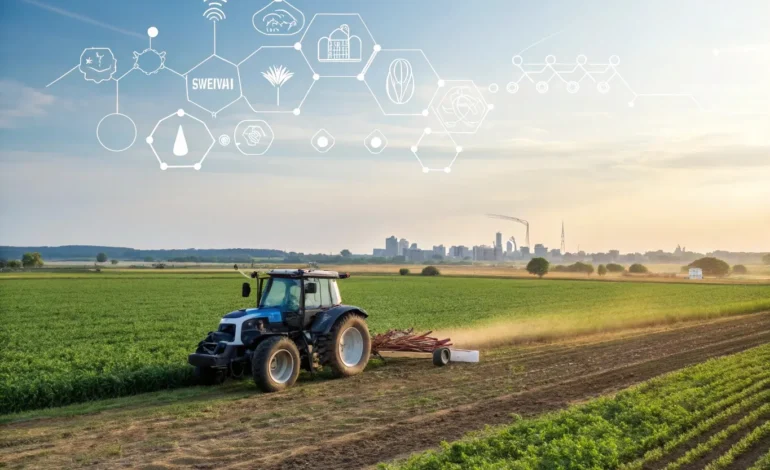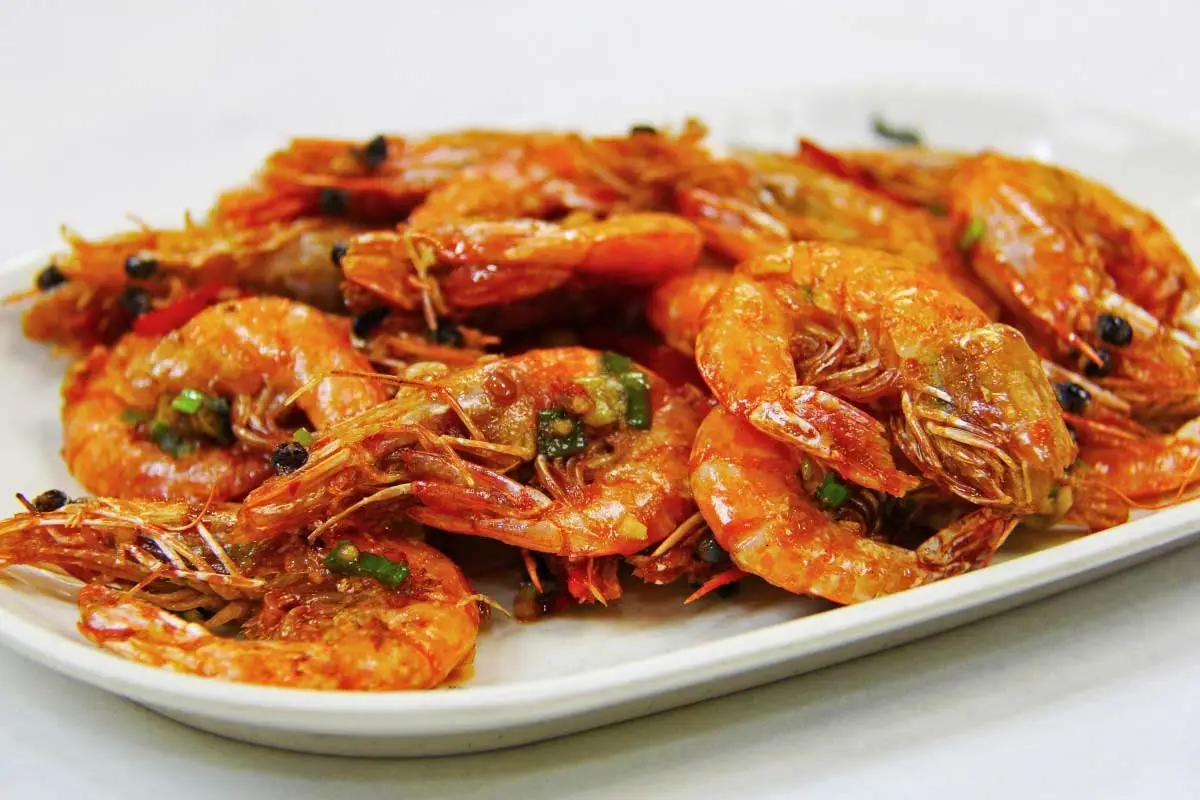When Population Peaks: How U.S. Agriculture Must Adapt to a Changing World
As the global population nears its peak, U.S. agriculture must adapt to shifting food demands, climate change, and labor challenges. Explore how farmers, technology, and policies are reshaping sustainable farming

The global population is projected to peak sometime this century, marking a pivotal moment for how we produce and consume food. For U.S. agriculture, which has long operated under the assumption of continuous population growth and rising food demand, this new reality means adapting fast—or being left behind.
The Population Peak: What It Means for Farming and Food Demand
According to the United Nations’ World Population Prospects 2022, the global population is expected to reach approximately 9.7 billion by 2050 and peak near 10.4 billion around 2100 before starting a slow decline. Meanwhile, the U.S. Census Bureau projects that the American population will grow from about 330 million today to around 390 million by 2060—a much slower growth rate compared to previous decades.
This demographic transition means food demand growth will plateau and even decline in some regions, drastically altering markets. The Food and Agriculture Organization (FAO) estimates that global food demand grew 50% between 2000 and 2020, but this rate is expected to slow and possibly reverse as populations stabilize.
In the U.S., these changes coincide with evolving consumer preferences: a shift toward plant-based diets, local sourcing, and sustainably produced food. The National Agricultural Statistics Service (NASS) reports that organic food sales have more than doubled in the past decade, now representing a $60 billion market.
Farmers Leading the Change: Case Studies in Adaptation
1. Diversification in the Midwest: The Case of Green Valley Farms
Located in Iowa, Green Valley Farms was historically focused on corn and soybeans—the staples of American agriculture, which together cover over 300 million acres nationwide. But farmer Sarah Jensen noticed market shifts and soil degradation threatening her livelihood. Today, she grows a variety of specialty grains, organic vegetables, and raises heritage breeds of livestock.
Sarah shares, “Diversification has been a lifeline. It spreads risk, meets growing consumer demand for organic and local, and keeps my land healthier.”
2. Regenerative Practices in California: Rancho Sol Verde
Ranch owner Miguel Ramirez in California embraced regenerative grazing and cover cropping to rebuild soil and reduce water use amid increasing drought risks. California alone experienced a 40% drop in water availability for agriculture during the past decade.
“Our goal is not just to produce food, but to improve the land so future generations can farm here too,” he says.
Technology as a Game-Changer
Emerging tools are revolutionizing how farmers manage their fields:
- Precision Agriculture: According to a 2023 report by MarketsandMarkets, the global precision farming market is projected to grow from $8 billion in 2022 to $20 billion by 2028, driven by GPS-guided tractors, drones, and soil sensors that reduce input waste and improve yields.
- AI and Data Analytics: Startups like FarmSense use AI to predict crop diseases early, helping farmers intervene faster and reduce losses estimated at $220 billion worldwide annually.
- Vertical Farming and Controlled Environments: The global vertical farming market, valued at $5.5 billion in 2022, is expected to reach $20 billion by 2030. These farms use 90% less water and 80% less land compared to traditional farming, producing fresh greens year-round.
- Alternative Proteins: The alternative protein market surpassed $7 billion globally in 2022 and is expected to reach $30 billion by 2030, easing pressure on traditional livestock farming.
Who Will U.S. Farmers Feed?
As populations stabilize or decline in many parts of the world, international markets remain crucial but face shifting demand. Countries with aging populations, like Japan and many European nations, are consuming differently—favoring quality and sustainability over volume.
Simultaneously, the local food movement in the U.S. is booming. The USDA reports that direct-to-consumer food sales, such as farmers’ markets and Community Supported Agriculture (CSA), have grown by 20% annually over the last five years, reflecting consumers’ desire for fresh, sustainably produced food close to home.
What Needs to Improve for a Sustainable Agricultural Future?
The future of U.S. agriculture depends on proactive improvements in several areas:
1. Policy and Support Systems: Government policies must evolve to support innovation and sustainability. This includes increased funding for regenerative farming research, climate-resilient crops, and incentives for diversified, small-scale farms. Flexible subsidy programs and insurance tailored to new farming models can reduce risks for farmers transitioning away from monocultures.
2. Education and Access: Expanding agricultural education and training programs, especially in rural areas, ensures farmers can adopt new technologies and sustainable methods. Access to capital and technical assistance is critical for small and minority farmers, who often face disproportionate barriers.
3. Embracing Global Collaboration: The U.S. cannot operate in isolation. Agricultural innovation is a global endeavor. Countries like the Netherlands lead in high-tech greenhouse farming, Israel pioneers water-saving irrigation, and Brazil plays a key role in tropical agriculture. Sharing knowledge, technology, and trade partnerships will be vital to meeting global food security goals as populations shift.
The Role of Immigration in U.S. Agriculture
A key factor often overlooked is labor. Agriculture in the U.S. heavily relies on immigrant workers, many of whom face uncertain legal status. According to the USDA, nearly 50% of farmworkers are undocumented immigrants.
Policies that restrict immigration or increase deportations could deeply affect the workforce needed to sustain agriculture at scale. Without enough laborers, crops might go unharvested, and farms could fail to adapt to evolving demands.
Promoting pathways for legal work, providing fair wages, and improving conditions are essential not only for workers’ rights but for agricultural resilience.
Looking Abroad for Solutions
Other nations offer lessons that can help the U.S. adapt:
- Japan’s Aging Farmer Crisis: With a rapidly aging farmer population, Japan invests heavily in robotics and automation, offering a glimpse into the future of labor-scarce farming.
- European Union’s Green Deal: The EU’s commitment to reducing chemical pesticide use and boosting organic farming highlights policy-driven sustainability that the U.S. could emulate.
- Emerging Markets and Food Systems: Countries in Africa and Southeast Asia are innovating with drought-resistant crops and community-supported agriculture to feed growing populations efficiently.
By learning from these global efforts and fostering international cooperation, U.S. agriculture can be more resilient and innovative.
Conclusion: A Call for Collective Action
The coming demographic shifts force us to rethink U.S. agriculture fundamentally. It is a challenge and an opportunity. To succeed, we need flexible policies, inclusive labor approaches, education, and collaboration—both domestic and international. Farmers like Sarah and Miguel are proof that adaptation is possible—but they cannot do it alone.
The future of feeding America and the world lies in innovation combined with respect for tradition, smart policy, and a diverse, supported workforce.








